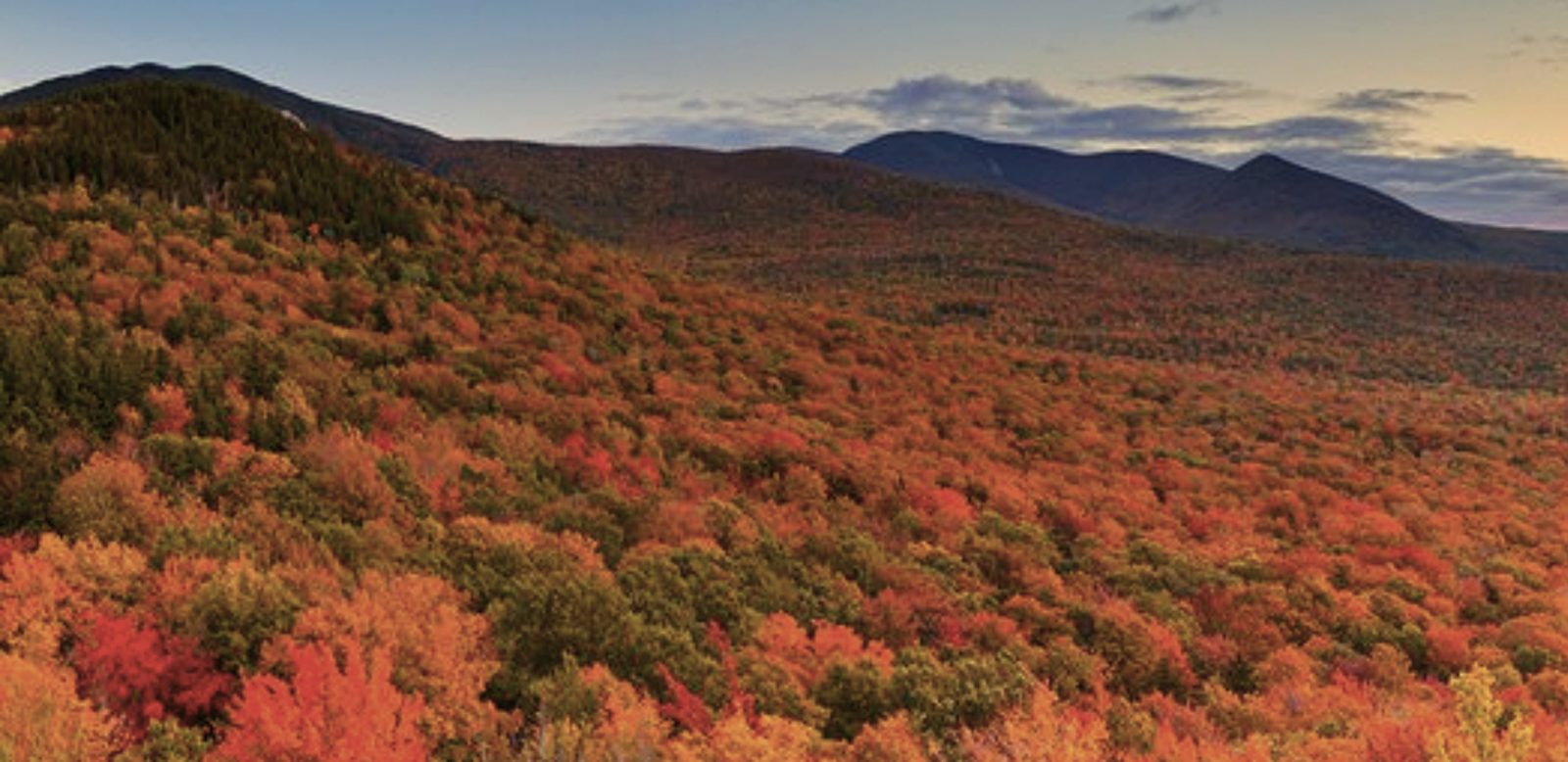
It hovers, it hums, it looks like a hummingbird but it is not a hummingbird. Just like hummingbirds, you can typically see hummingbird moths flying during the day in meadows, forest edges and flower gardens. Hummingbird moths typically visit one flower for a very short time then dart away to find another.

With its clear wings, body shape and size (they have a wingspan of five or more inches), the Hummingbird Moth bears an uncanny resemblance to the Hummingbird. Their fast, hovering wing action can sound like the buzz of a hummingbird’s wings, too.

The hummingbird moth will feed on a flower much like a hummingbird. But instead of a beak and tongue to lap the nectar, they have little straws called proboscis. They are kept curled under the head when not in use.

Hummingbird moths are found in Alaska and the Northwest Territories south through British Columbia to Oregon, east through the Great Plains and the Great Lakes area to Maine and Newfoundland, and south to Florida and Texas.

These fascinating little moths are not considered a threat to gardens. In fact, they can be quite beneficial through pollination of many species of plants. To attract them to your garden, provide flowers with a strong, sweet scent and are white or pale in color. These garden varieties may attract several kinds of beneficial moths, including the hummingbird and one that mimics the bumblebee.

Just like so many other fascinating creatures dwelling in nature, the Hummingbird Moth is well worth a second look…but you’d better make it quick!
Comments
Powered by Facebook Comments
